
LISA DART – SURVIVAL POETRY AND THE VOICES OF EXPERIENCE
I interviewed Lisa Dart, finalist in the Grolier, Aesthetica and Troubadour Poetry Prizes and author of The Linguistics of Light (poems, Salt, 2008), Fathom (prose

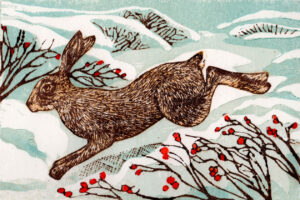
I interviewed artist Sarah Bays about her drypoint Intaglio prints, monotypes and lino cuts. Sarah says about herself, “I am a printmaker living in Norwich producing prints from a small etching press on a tea trolley in the corner of my dining room… I am often inspired by my morning dog walks, the pattern of light through the trees and the shadows cast by the morning sun.”
Leslie: How did you first discover and grow your artistic self, please?
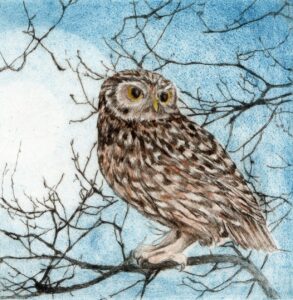
Sarah: As corny as it sounds, for as long as I can remember I have loved to draw. As the daughter of an art teacher. I was always encouraged to be creative. After art college the need to earn a living resulted in a very non-artistic job and although I still drew and painted in my spare time it became more of a hobby, especially once children came along. However, once they were both at school, with more time to myself, I started printmaking, remembering how much I had enjoyed it on my art foundation course. Encouraged by friends and family, I spent the money I was going to spend on a new sofa on a small etching press and started experimenting.
Leslie: How did you learn the printmaking process, what is it, and how has it shaped and developed your art?
Sarah: Aside from what I could remember from art college I got books from the library and looked at the internet for instructions and then experimented to see what could be achieved. I was also very lucky to have the annual Norwich Print Fair to visit for inspiration and advice and was delighted to eventually become a part of this. I started with drypoint initially as it utilised my love of drawing and, as it didn’t involve etching with acid, was less hazardous to do at home. Likewise, lino printing which I felt lent itself to more colourful work and which I sometimes combine with drypoint.
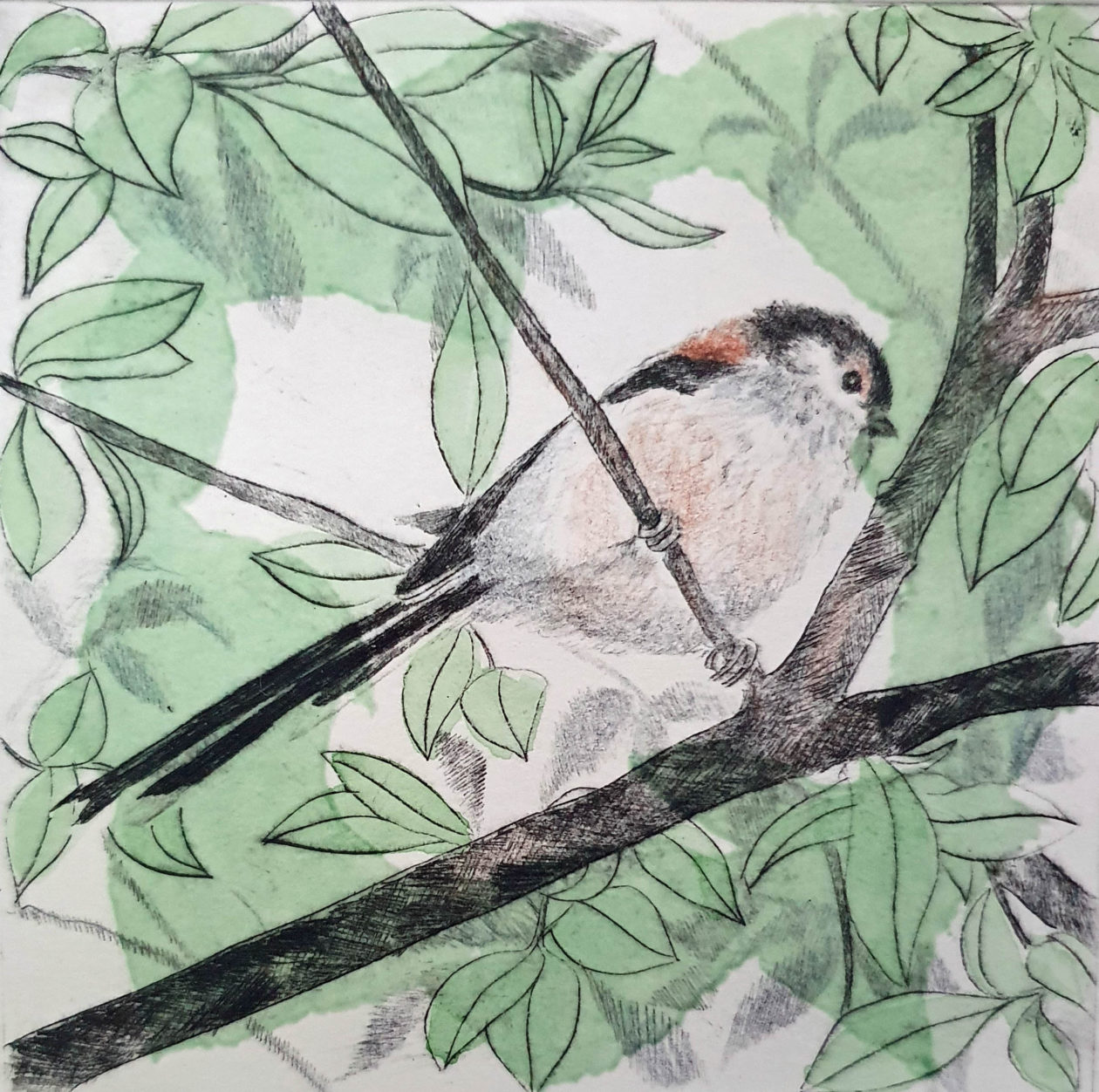
Leslie: What are your other favourite artistic processes? How are they done and why are they important? In what direction have they taken your art?
Sarah: Monoprints for me are a more spontaneous form of printmaking, a good contrast to the planning and precision involved with linocuts and drypoints. Although the results are more unpredictable I enjoy the freedom of the process as I let the picture evolve naturally as I go along rather than having something specific in mind. The technique I use is more “painterly” adding to and taking away colour from the printing surface. (more often than not a gelli plate) building up layers and using different tools (eg a sponge or my fingers or a spatula) to make marks.
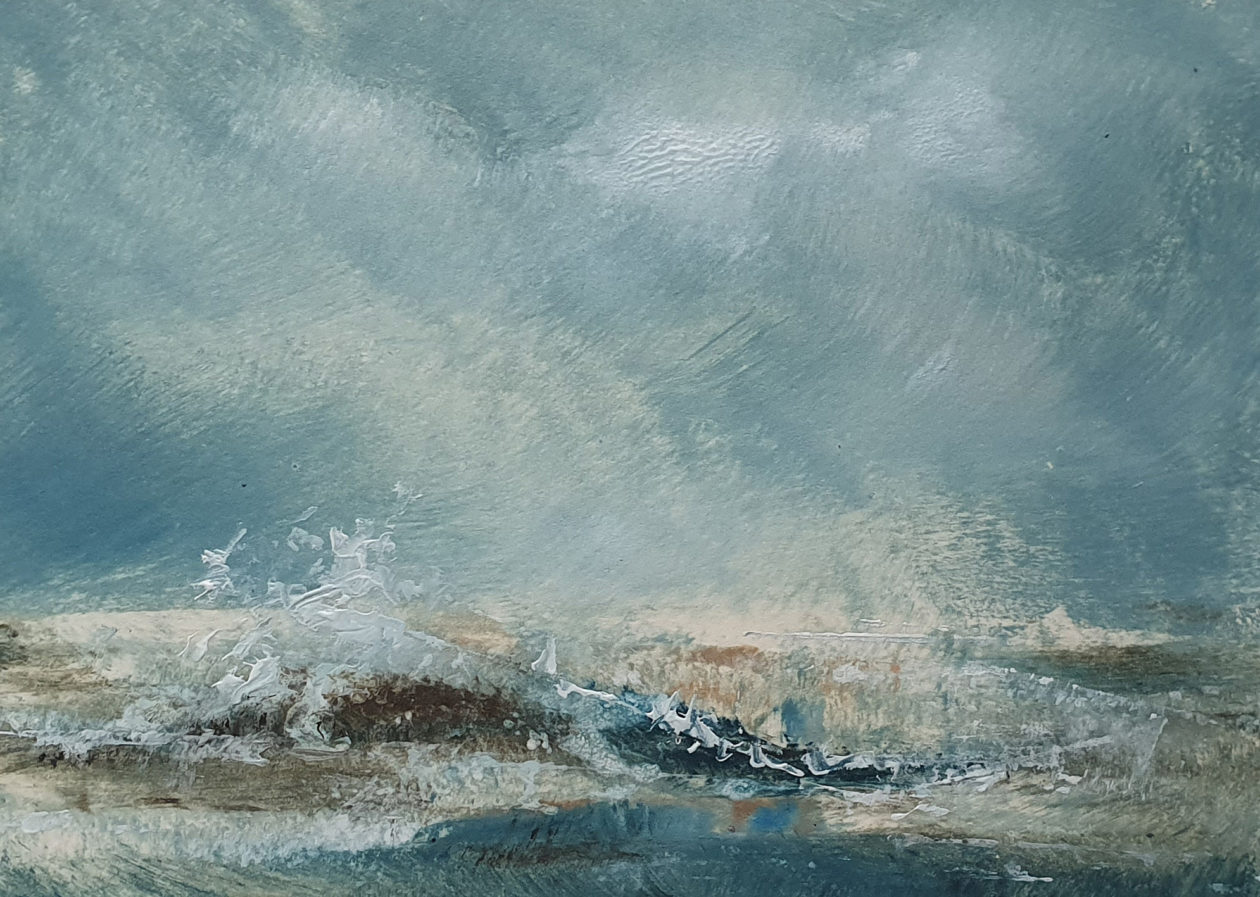
Leslie: What are the aspects of nature that most inspire you? Do you formally observe nature or immerse yourself in it? How do you find your subject matter?
Sarah: I think wildlife is what most inspires me. The birds and animals I see whilst out on my daily dog walks along the river and through woodland and heath. When possible I take photos for reference from which to do drawings
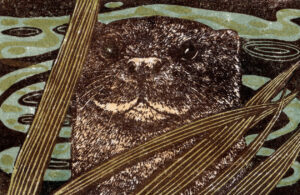
Leslie: How do your daily experiences translate into a picture? What forms of edit and enhancement occur during the creative process?
Sarah: Using drawings I have done from my photos I combine these with different backgrounds until I find a composition I am happy with. Sometimes this will be the original background, sometimes I will scan my drawing into photoshop and move elements of the composition or add a different background. I then decide the number of colours I am going to use in my print although this can change and often does as the print process goes on.
Next week I interview visionary sculptor Clare Ferguson-Walker
ABOUT LESLIE TATE’S BOOKS:

I interviewed Lisa Dart, finalist in the Grolier, Aesthetica and Troubadour Poetry Prizes and author of The Linguistics of Light (poems, Salt, 2008), Fathom (prose
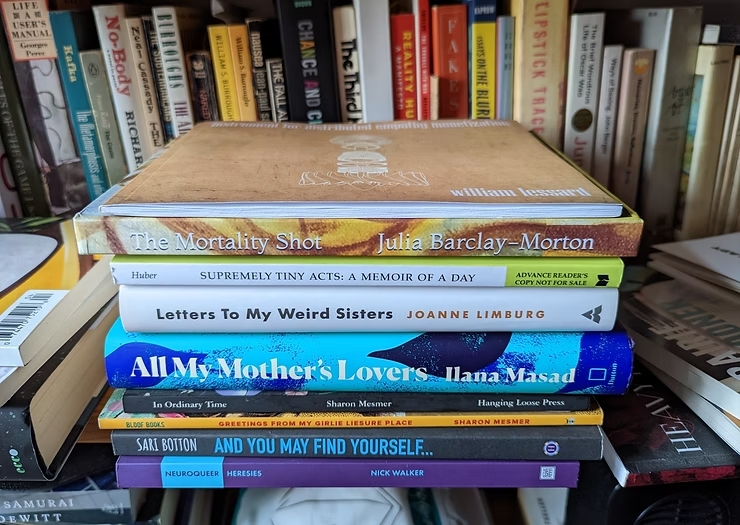
I interviewed writer Julia Lee Barclay-Morton about her experience of autism. Julia began as an experimental dramatist in New York, moving to the UK to

I interviewed Gillean McDougall from Glasgow, who edited the collaborative projects Honest Error (on Charles Rennie Mackintosh and his wife Margaret Macdonald) and Writing the
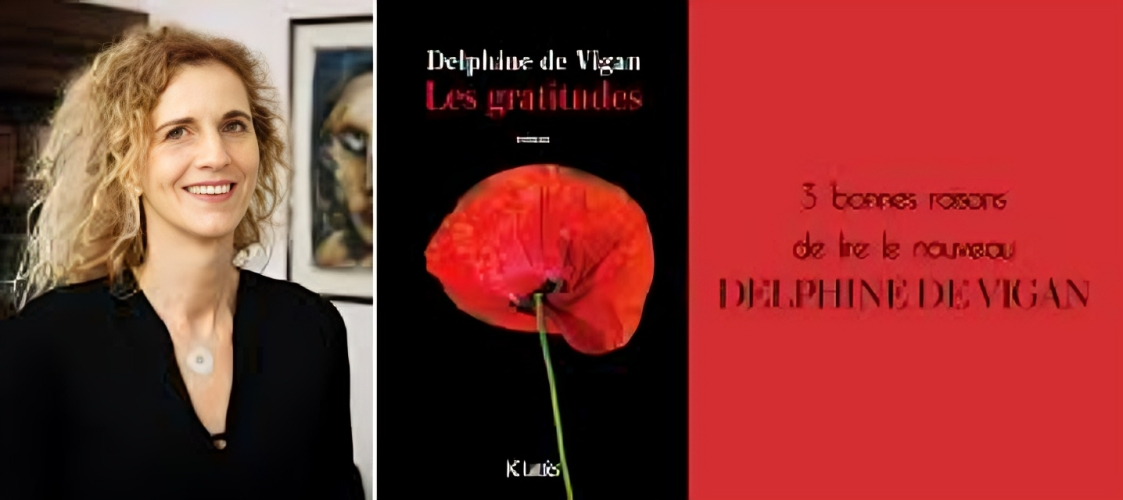
I interviewed French writer Delphine de Vigan, whose book, No et moi, won the prestigious Prix des libraires. Other books of hers have won a clutch
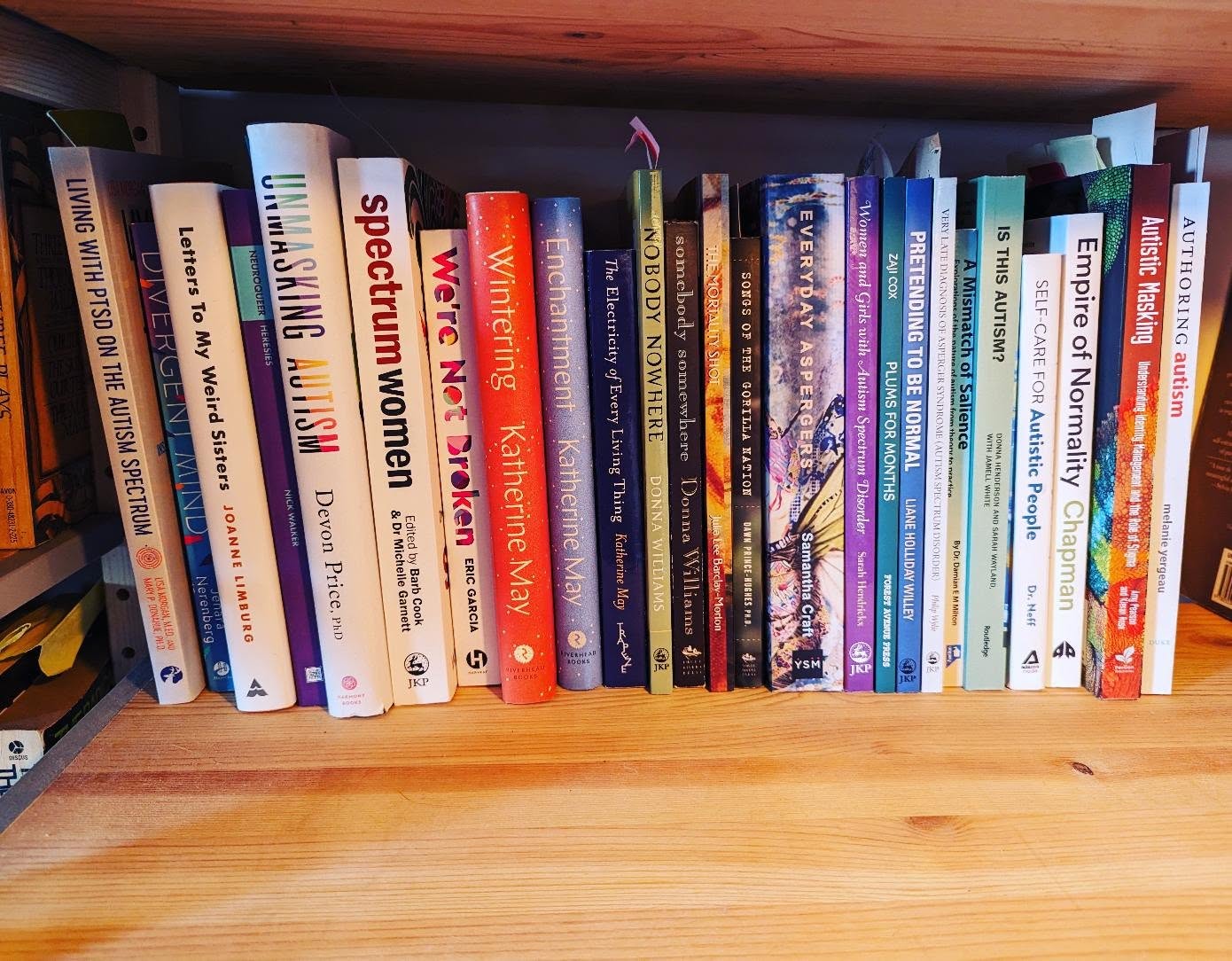
I interviewed Joanne Limburg whose poetry collection Feminismo was shortlisted for the Forward Prize for Best First Collection; another collection, Paraphernalia, was a Poetry Book Society Recommendation. Joanne
| Cookie | Duration | Description |
|---|---|---|
| cookielawinfo-checkbox-analytics | 11 months | This cookie is set by GDPR Cookie Consent plugin. The cookie is used to store the user consent for the cookies in the category "Analytics". |
| cookielawinfo-checkbox-functional | 11 months | The cookie is set by GDPR cookie consent to record the user consent for the cookies in the category "Functional". |
| cookielawinfo-checkbox-necessary | 11 months | This cookie is set by GDPR Cookie Consent plugin. The cookies is used to store the user consent for the cookies in the category "Necessary". |
| cookielawinfo-checkbox-others | 11 months | This cookie is set by GDPR Cookie Consent plugin. The cookie is used to store the user consent for the cookies in the category "Other. |
| cookielawinfo-checkbox-performance | 11 months | This cookie is set by GDPR Cookie Consent plugin. The cookie is used to store the user consent for the cookies in the category "Performance". |
| viewed_cookie_policy | 11 months | The cookie is set by the GDPR Cookie Consent plugin and is used to store whether or not user has consented to the use of cookies. It does not store any personal data. |